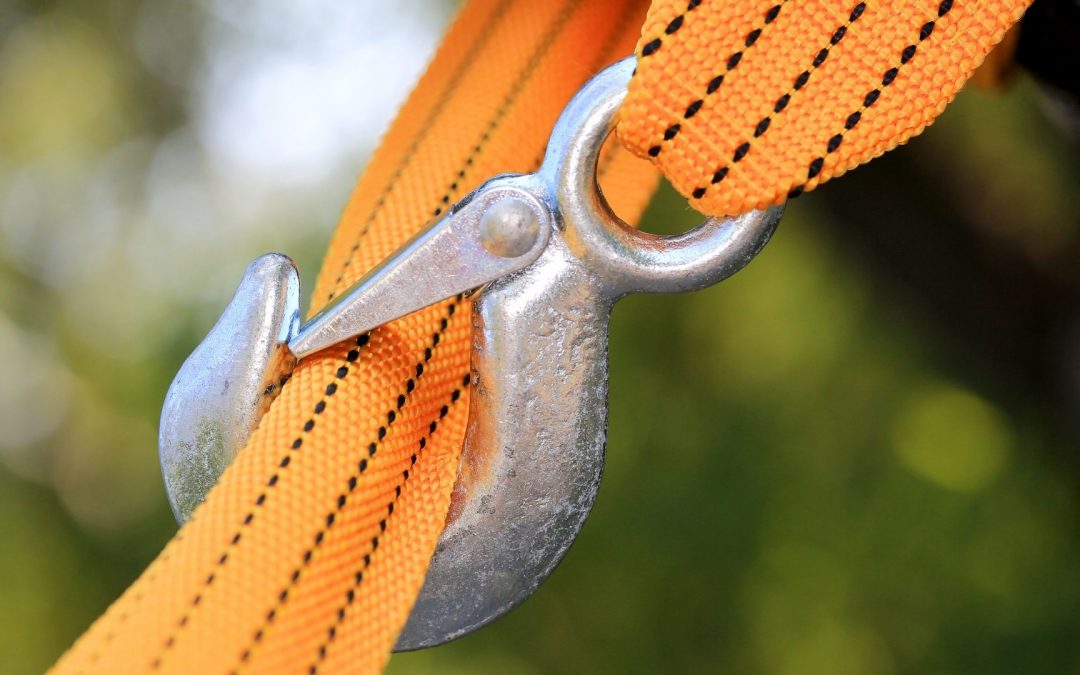It doesn’t matter what type of cargo you are hauling, the proper tiedowns are essential to ensure your load is safely delivered.
Tow trucks are often thought of as towing a car after an accident. Surprisingly though, more than half of towing is performed for reasons other than:
- Recovering a car which has fallen off the road
- Unlawfully parked vehicle can be moved
- Transporting a car to a new place
- A Mechanic can convert an inoperative vehicle
Performance Towing offer 24-hour towing in Perth and understands your concerns about how valuable property will be handled during the move or stressful and accidental towing incident in Perth can be. We are happy to share important information about tie downs, tow straps, and other related topics.
Different straps for different services
The most used materials for vehicle tiedowns include polyester webbing and nylon webbing. The difference is dependent on when and how they get used will depend on:
- The reason you need a tow truck (is it to carry a load, or maybe breakdown towing in Perth)
- How to reduce or eliminate vehicle damage while transporting
- The type of vehicle towed
What are Tow Straps and How are They Used?
Towing cars behind a tow truck is made easier by using tow straps. Tow straps are attached at the car’s front and back ends, then fastened to the towbar on the truck.
Rear-wheel drive cars have tow straps that keep the vehicle’s rear end off the earth. The tow truck attaches the vehicle’s rear or front end to the rear tow bar.
Tow straps can be used for vehicles with front-wheel drives. They are designed to lift the vehicle’s front end off the ground so it can be towable, in a Perth breakdown towing situation.
Flatbed trucks are ideal for transporting all-wheel or 4-wheel drive vehicles and motorcycles. Tow trucks can haul all-wheel drives and bikes behind
Tow straps are very rigid and have little flexibility. They can reduce vehicle movement and keep the tires in the right place while on the roads. These tow straps have no metal clamps and are very reliable. They can also be adjusted to allow for vehicle movement if the vehicle is unable to pull back on the road.
Tie Down Straps, When Should They be Used?
There are a wide range of tie down straps available
- Tie down – very light loads
- Lashing straps – light loads
- Cam buckle straps – heavier, medium loads
- Ratchet straps – handle the heaviest load
- Winch straps – only one built in buckle, other end feeds directly into the winch system
In the case of accidental towing in Perth, to secure your vehicle safely and securely on flatbed trucks, use tie down straps Configuration will be affected by the level of security required for the car.
There can be as little as two tie-downs used for motorcycles and 8 to 10 tie downs for vehicles, ATVs, small trucks, buses and SUVs.
A couple of tie downs are placed around each tire, before the tie-down straps are fixed to the platform on a flatbed truck. The tie-downs are strong enough that the vehicle will not move during transportation
Flatbed trucks are ideal for transporting 4WD vehicles, cars that have been in an accident, hot-rods and sports cars as well as high-end luxury vehicles.
Importance of Towing Materials & What’s the Difference?
Tow straps and tie-down straps are both made of woven materials that can be used for any type of car towing. Tow straps feature a thicker weave that supports the need to keep tires in place on the road and during recovery. Tie down straps are longer and flatter to tighten hold tension on flatbeds.
Start by finding the right strap to fit your vehicle’s weight. This can be done through your owner’s manual, on the sticker on your driver’s door, or through a Google search.
Knowing the vehicle’s weight will allow you to determine the Working Limit (WLL), and Break Strength (BS), of the tiedowns you’ll require. That is, the weight that your tiedowns can safely support. As a rule of thumb, the vehicle weight should not exceed half the strength of the tiedown.
How to use a recovery tow strap
These are some tips to remember before you use car hauler straps.
- Before you use towing and recovery straps, always inspect them for damage. If you’re not familiar with this operation, make sure to pull over every so often while driving to check the work of your strap and to ensure that it is still holding up.
- Wrap the tow strap around the frame and pass the snatch or towing strap through the eye to choke the frame.
- Tow strap recovery is done by attaching the hardware securely to the vehicle. Our anchor shackles can be used to recover vehicles.
- Remove any debris or other material that could cause damage to the tie down.
- A good rule of thumb when using a recovery belt is to have the vehicle’s weight equal half the strength of the recovery band.
- You should select a nylon tow and recovery strap that is strong enough but not too strong that it doesn’t stretch. The recovery strap must stretch to allow the nylon webbing memory to “snap” the vehicle and reduce the shock of pulling. To get the best out of your recovery straps, it is important to know how strong your tow strap is.
Performance towing offers a wide range of towing strap materials which can safely support any hauling load capacity.
Contact Performance Towing, if you are after 24-hour towing in Perth. We offer prompt, professional breakdown towing service.
In the case of an accidental towing in Perth, make sure that your specialised tow truck driver arrives with all the necessary towing materials, we will need information about your vehicle such as its weight and location.

